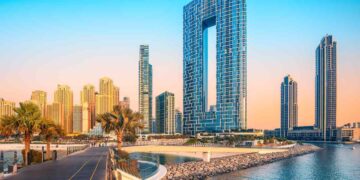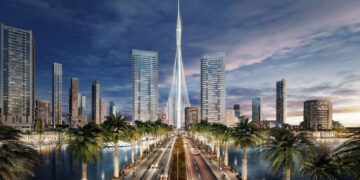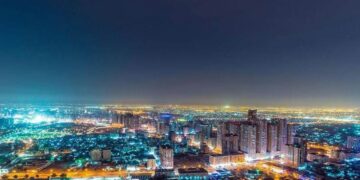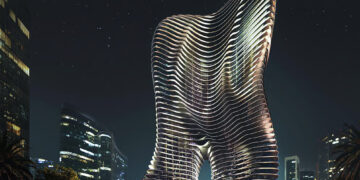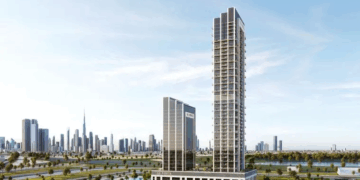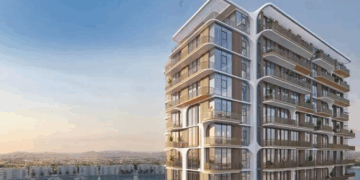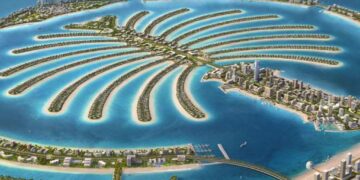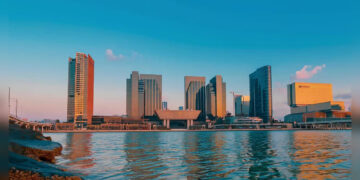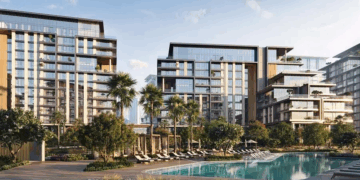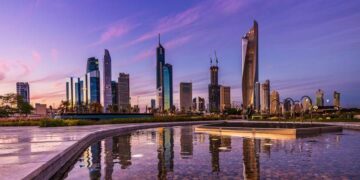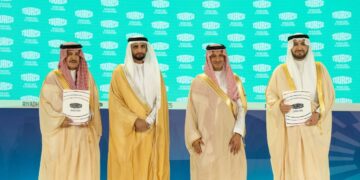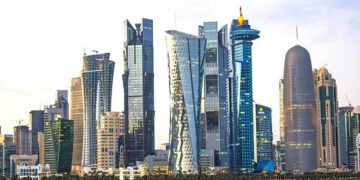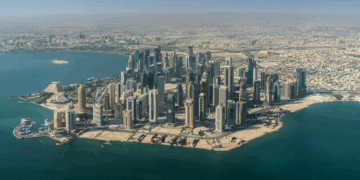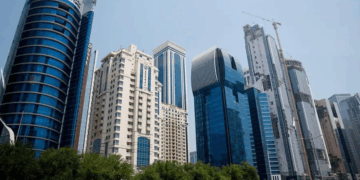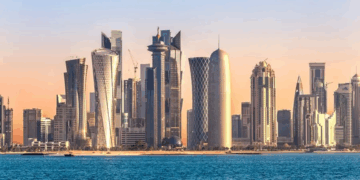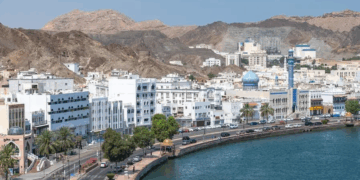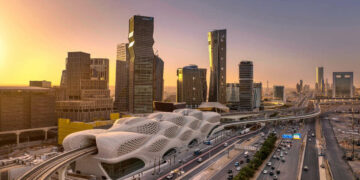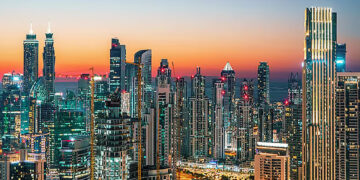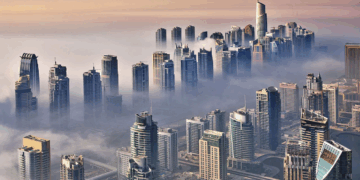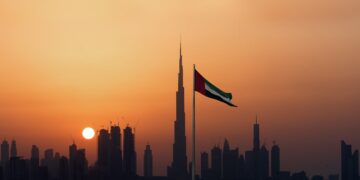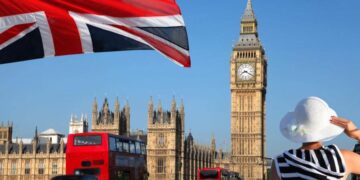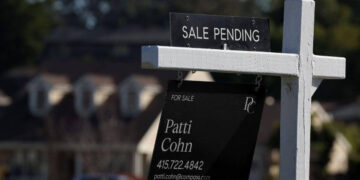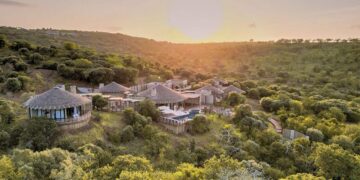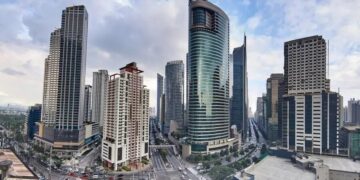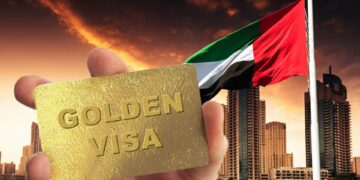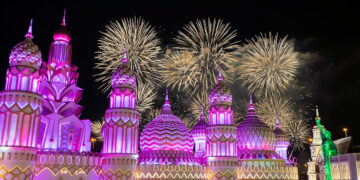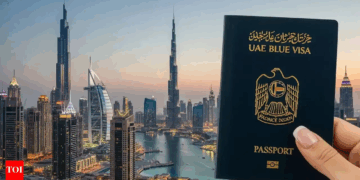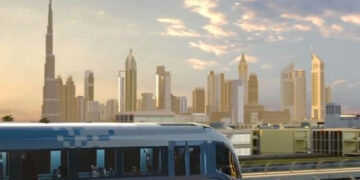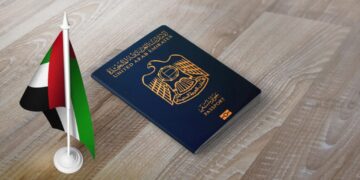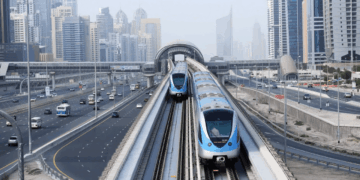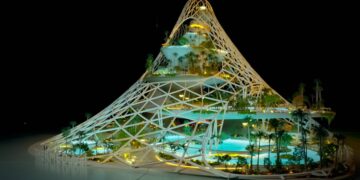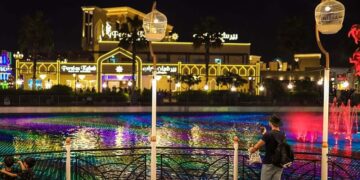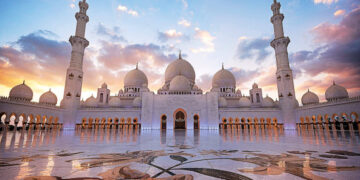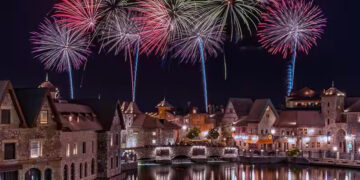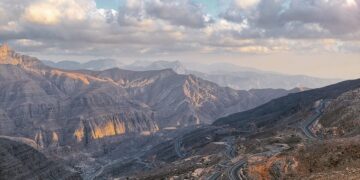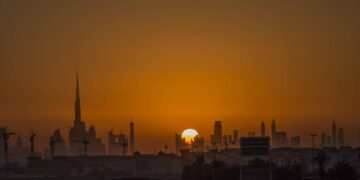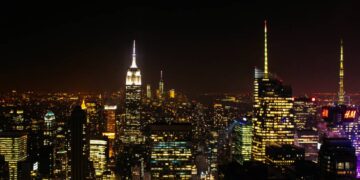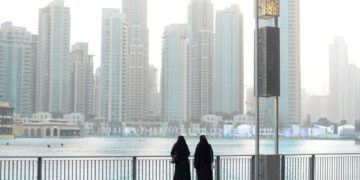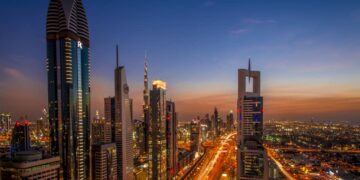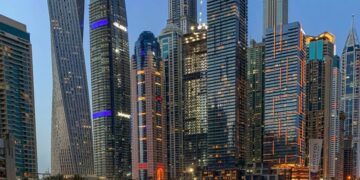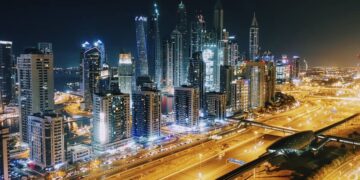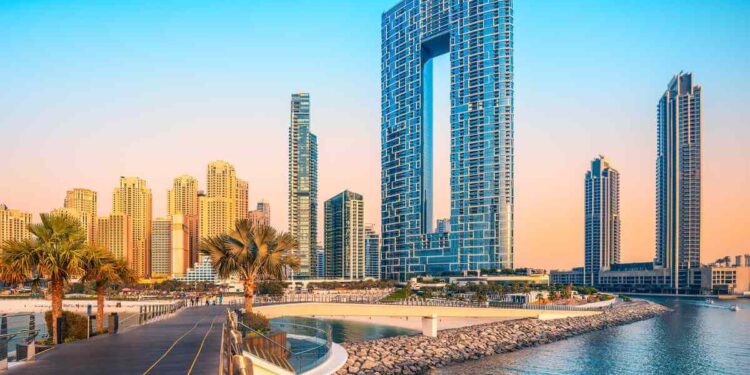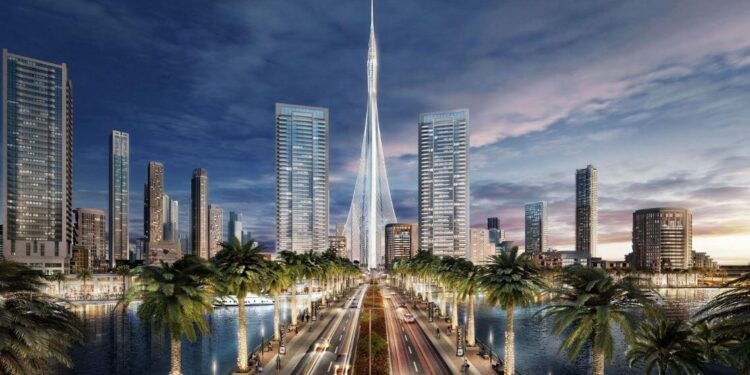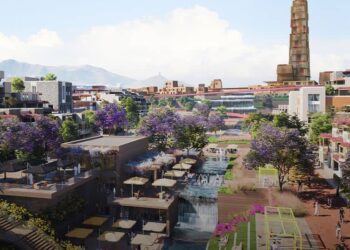As purchasers increasingly want for houses that combine lifestyle, identity, and community with prestige and long-term value, Dubai has solidified its place as the world’s capital of branded residences, surpassing traditional luxury real estate hotspots like Miami, London, and New York.
The emirate is spearheading a global revolution in luxury living that reflects the changing preferences of a new generation of real estate consumers, with 48,474 branded units distributed across 144 complexes and more than 5,500 new homes added in the first half of 2025 alone.
Luxury homes created in association with globally renowned brands, known as “branded residences,” are no longer limited to collaborations with industry titans like the Ritz-Carlton or Four Seasons. The idea has expanded in Dubai to include international fashion labels like Armani and Missoni, luxury automakers like Bugatti and Mercedes-Benz, and lifestyle pioneers like Cipriani and Six Senses.
Due to the promise of carefully chosen experiences, brand loyalty, and potential resale value, buyers are willing to spend 40–60% more for these homes than their non-branded counterparts. Industry statistics claim that during the last ten years, the number of branded homes in Dubai has increased by more than 160%, significantly exceeding the global average and changing the real estate market in the city.
“Today, a home is no longer just a physical asset; it’s an extension of one’s values and ambitions,” said Rui Liu, chairman and founder of Leos Developments. “The rise of branded residences in Dubai reflects a natural evolution of how people want to live, with wellbeing, community, and purpose carrying as much weight as location and price.”
In terms of worldwide competitiveness, Dubai’s branded homes are also outperforming competitors. At about Dh10,500 per square foot, Dubai’s Bvlgari Residences provide both value and prestige, whereas Miami’s Aston Martin Residences can sell for up to Dh25,000 per square foot. However, the emirate is also able to command ultra-premiums: Bugatti Residences in Dubai are selling for 237 percent more than other cities, matching or even surpassing global standards.
The structural advantages that put Dubai in a unique position to dominate are responsible for this segment’s quick rise. The emirate has maintained its appeal to high-net-worth individuals who are looking for more than simply square feet thanks to strategic government policies, investor-friendly legislation, and audacious master planning. Investors have been strongly encouraged by benefits including 100% foreign ownership, zero income tax, and long-term Golden Visas, and Dubai’s 2040 Urban Master Plan is guiding development toward growth that is sustainable, wellness-focused, and community-oriented.
“High networth buyers are no longer just looking for property. They’re investing in lifestyle, brand value, and long-term growth. Dubai offers all three, and that’s why it’s outperforming legacy markets like London and Miami,” said Christopher Cina, director of sales at Betterhomes.
Transaction data demonstrates the desire for branded lifestyle. 13,000 branded homes totaling Dh60 billion were sold in Dubai in 2024 alone, accounting for 8.5% of all real estate transactions in the city and a 43% increase from the previous year. The growth rate is a reflection of both developer dependence on strategic partnerships and buyer demand. With developers like Binghatti introducing Bugatti Residences, Arada introducing Armani Beach Residences, and Select Group introducing Six Senses Residences to Dubai, partnerships have emerged as the industry’s defining feature. In the meantime, well-known companies like Emaar, Meraas, and Nakheel are constructing whole neighborhoods that are centered around lifestyle brands, guaranteeing that branded real estate is woven into the urban fabric of the metropolis.
Leos Developments’ launch of Hadley Heights 2 signifies the market’s expansion into new areas. The project, which was created in partnership with Olympic swimmer Tom Dean, is acknowledged as the first Olympic-branded home in history. With Olympic-caliber amenities like AI-powered gyms, rooftop running tracks, CrossFit zones, immersive sports simulators, and wellness parks, as well as family-friendly features and excellent connectivity via Sheikh Mohammed Bin Zayed Road, Hessa Street, and the soon-to-be Blue Metro Line, this complex is situated in Dubai Sports City.
Buyers in Dubai are the most prepared to pay premiums for branded properties, with an average of 157%, compared to 265% in Europe, 27% in Thailand, and over 50% in the US, according to data by Knight Frank and Property Monitor. This proves that Dubai provides a platform for super-prime developments as well as a competitive entry point.
The growth is a reflection of changing customer behavior, where brand identification and lifestyle are increasingly just as important as location. These residences are more than only exclusive to many purchasers; they also stand for community, well-being, and individuality. Analysts point out that Dubai is the ideal environment for such ideas to thrive because of its diverse population of investors and inhabitants. A consistent supply of purchasers who value both short-term lifestyle advantages and long-term capital growth is guaranteed by the city’s strong tourism industry, global connections, and concentration of ultra-wealthy inhabitants.
There are no indications that Dubai’s branded housing market would slow down in the near future. By 2031, it is anticipated that over 140 branded projects would be completed, solidifying the emirate’s position as the industry leader worldwide.
